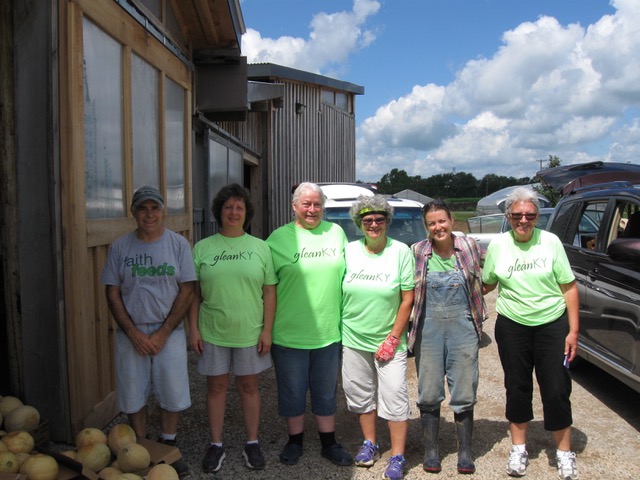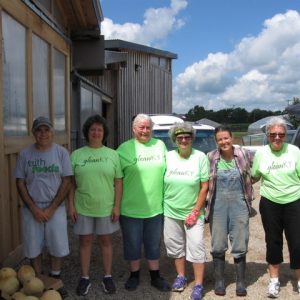Our Master Gleaner Webinar Series is all wrapped up for the year, with all six videos now available online to view. The series covers everything from GleanKY’s history and a basic volunteer training, up through how to start gleaning in your community and see it thrive. We’ll leave these videos online for the time being, with plans to update them on a yearly basis with new and more useful information. We hope you find them of use, and can take advantage of them to jumpstart gleaning efforts in your community.
Read below for a little more information about these webinars, their intended purpose, and for links to view each of them:
As GleanKY’s work grows, so too does the need for a greater number of volunteer leaders throughout the state. Given our limited staff, these volunteers are essential to our ability to respond quickly and reliably to farms, orchards, and farmers markets with excess produce – wherever they are, they allow GleanKY’s mission to carry on.
One thing I hear a lot from these folks is the need to feel well-trained as a volunteer leader, and to have consistent training with others throughout our volunteer network. So we’ve launched a series of monthly ‘Master Gleaner Webinars’ to get everyone trained and on the same page. Not only will these webinars serve as way of training those new to our organization, they’ll be an opportunity for our volunteer leaders throughout the state to meet each other. More importantly, I’m hoping it’ll be a chance for them to learn from each other – to solve problems, and for our longtime volunteers to share what works with those who are just starting to glean in their communities.
The webinar series is structured as follows:
- GleanKY 101 – Basic Volunteer Training and History of GleanKY
- Gleaning Farmers Markets – Getting Started and Meeting Local Growers
- Staying Safe – Protecting Our Sources, Our Recipients, and Ourselves
- Reaching Out – Finding Volunteers, Produce to Glean, and Groups Who Need It
- Communications – Using GleanKY’s Systems to Manage Gleaning
- Staying In Touch – Retaining Volunteers and Partners for Next Year

